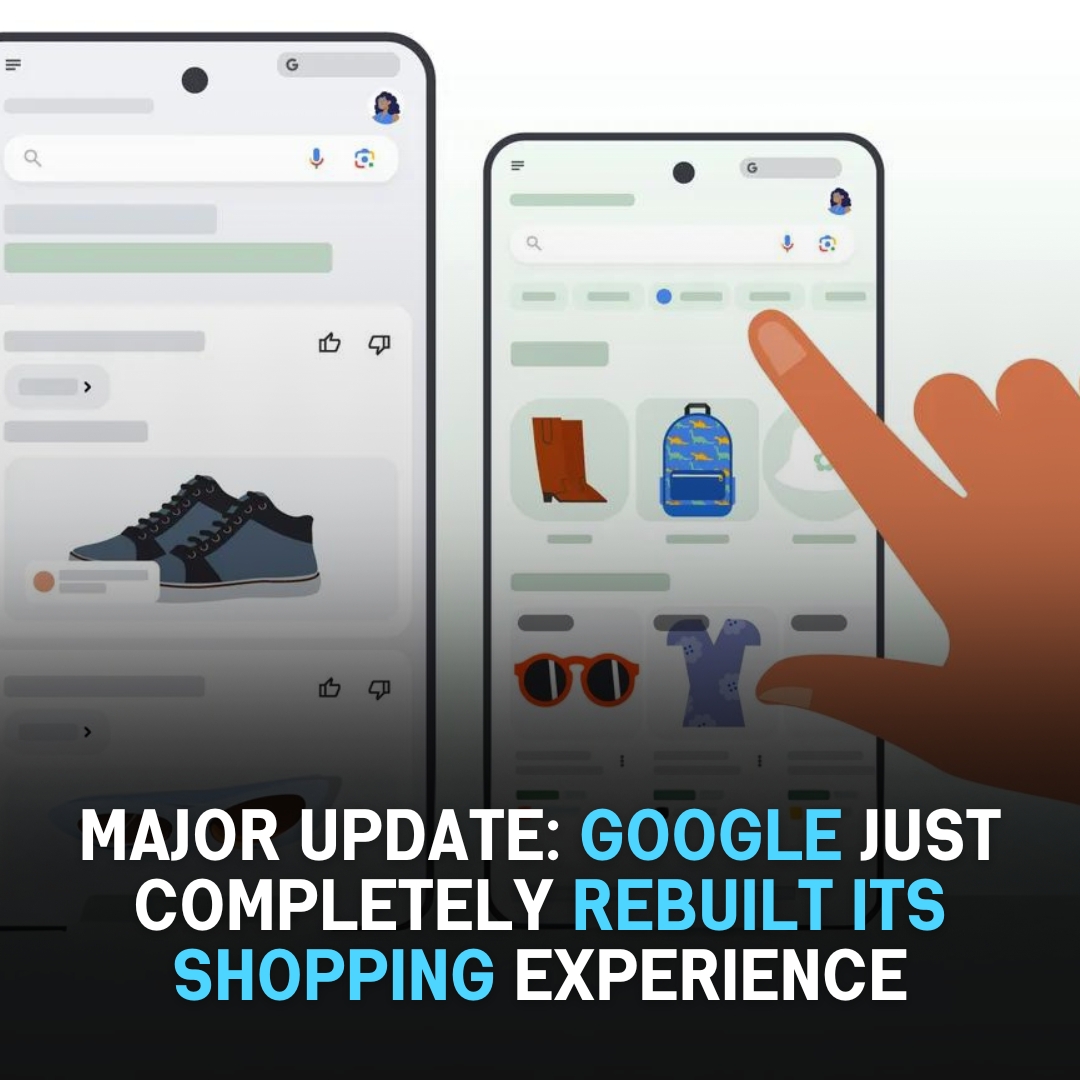Google has recently launched an updated version of its existing product, which aims to revolutionize the online shopping experience in the United States by introducing a smarter, faster, and more personalized approach to shopping with AI.
Table of Contents |

Definition of the New Experience and Why It is Useful?
The new Google Shopping is AI-based and uses artificial intelligence to make the shopping process from finding an interesting product to making a purchase more straightforward. Overall, the use of AI makes the shopping process more personalized, taking into account the individual user's behavior and preferences.
1. AI-Generated Briefs:
When you acquire a specific product, such as a laptop, Google presents you with a short brief covering all the necessary and important information. For example, when choosing a laptop, you will also get facts about its battery life, processor speed, etc.
2. Dynamic Filters:
With the novelty, there is no necessity to get irritated when seeing ten pages of yellow shoes when you are looking for blue ones. The updated Google Shopping includes dynamic filters that can sort out the products in the search query by size, stock, etc. For instance, the user can choose similar sizes if a certain shoe size is unavailable. Finally, one can also apply filters based on the location of products.
3. AR and Virtual Try-On:
Last but not least, it is possible to use Google Shopping to see how a specific pair of shoes will look on a user when they acquire them, for instance. The feature is capable of performing wonders, such as showing how a piece of furniture will look in a house before one purchases it.
What's New Here?
The major advantage of this platform is that it offers better price comparison and tracking. From now on, it is possible to follow fluctuations in price over time. In addition, the "price tracking" field allows you to set the price alert. Moreover, there is a single dedicated "Deals" page. The offers on the page are based on your shopping. It is very convenient because the page is personalized, and you do not need to sort this information yourself. As always, these deals are organized into lists. For example, you can find discounts on electronics, fashion, or household goods. The number of discounts in their packages varies from 2 to 10, and all of them are represented with the price and, consequently, simplified to browse for the cheapest offers.
The Takeaway
Consumers are obviously benefited from this change, but marketers can do a lot, too. The introduction of AI-based Google Shopping is a new routine for advertisers. They can use it to help the audience explore products. In other words, providing prospective customers with information about your products during the decision-making process is much easier.
1. AI-Driven Product Discovery
Marketers should pay attention to details. Product data must be optimized, and useful information should be provided to Google. Detailed product descriptions and high-quality images must now be prerequisites to increasing product relevance and visibility in personalized feeds.
2. Ways AR and Virtual Try-On Can Drive Engagement
For fashion, beauty, and home decor brands, the AR try-on feature opened up a new way to engage. Now, marketers can provide shoppers with an interactive experience, allowing them to virtually "try on" their products. This feature makes buyers more confident in their purchase, and they are more likely to make it.
3. How to Target Your Audience
Google's personalized homepage and deal feeds offered marketers a new way to speak to their target audience. Advertising campaigns can focus on providing shoppers with the right product at the right time. Custom offers and dynamic ads are now more important than ever.
4. How to Stay Competitive
Marketers must know that consumers now have more power over their price offerings. They have access to price comparison and price tracking tools integrated directly into the shopping platform. Marketers must keep their prices competitive and offer the best value to win those customers.
5. How to Influence the AI Brief
Since AI-generated briefs are in the process of experimentation, marketers can significantly impact how these features grow and develop. Marketers should take customers' feedback seriously and adjust their product listings accordingly. This way, we can all share a more accurate AI brief, which will hopefully grasp more information about the product automatically.
Where the Shopping Experience is Headed?
Google's new Shopping experience will change how we conduct shopping the way we know it. Through the implementation of AI and personalization, the shopping platform is now more likely to help customers find exactly what they are looking for in less time. The new update provides unique ways for marketers to speak to customers and amaze them with things they never thought possible.
With Google making this experience available throughout the United States in the coming weeks, both users and brands will need to adjust to the highly developed turn of online shopping. It is often an exquisite moment within the world of e-commerce, and Google's most recent endeavour is certain to set a benchmark for convenience, personalization, and engagement that no one will be able to surpass.
Read Also - Google’s SEO Tip: How to Get a New Website Picked Up Faster


